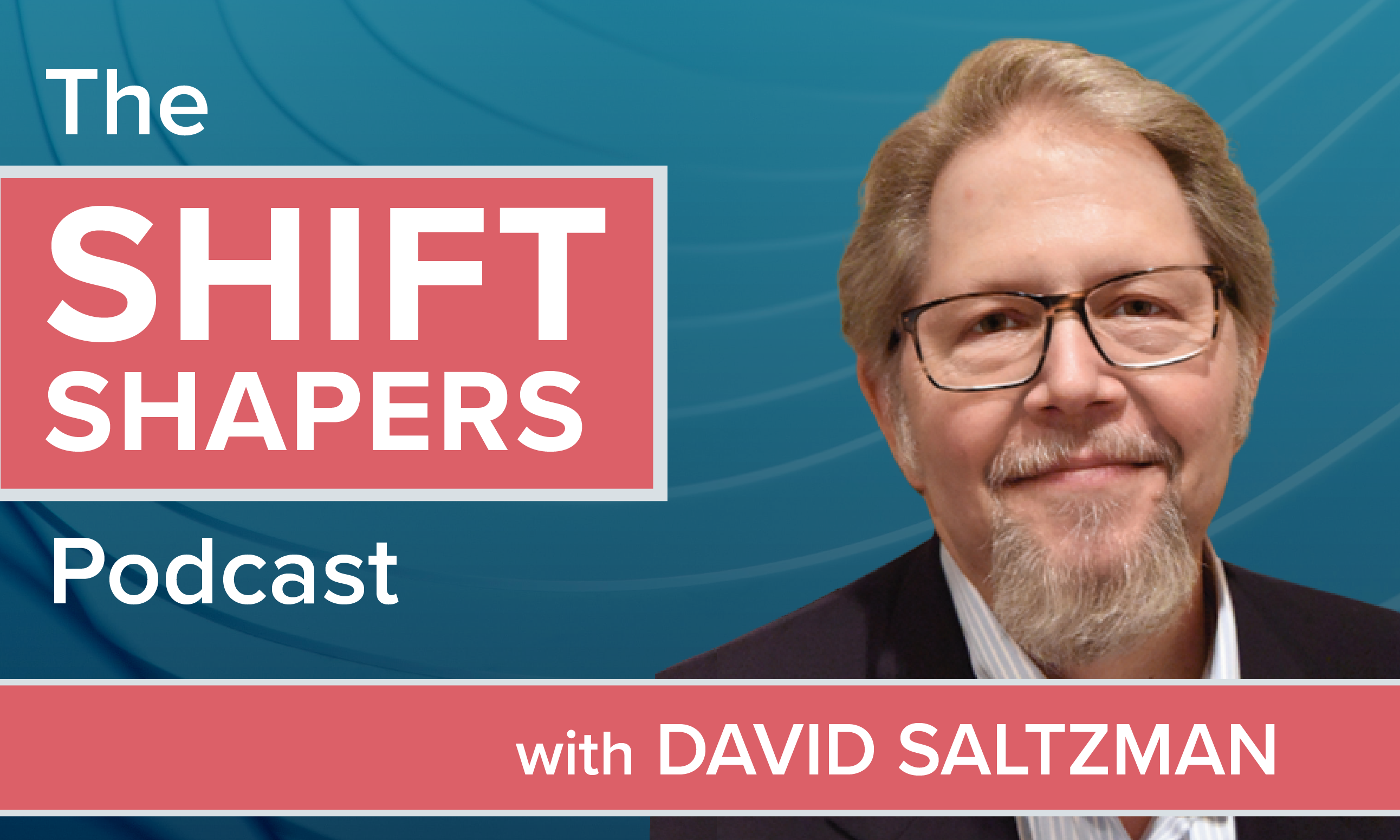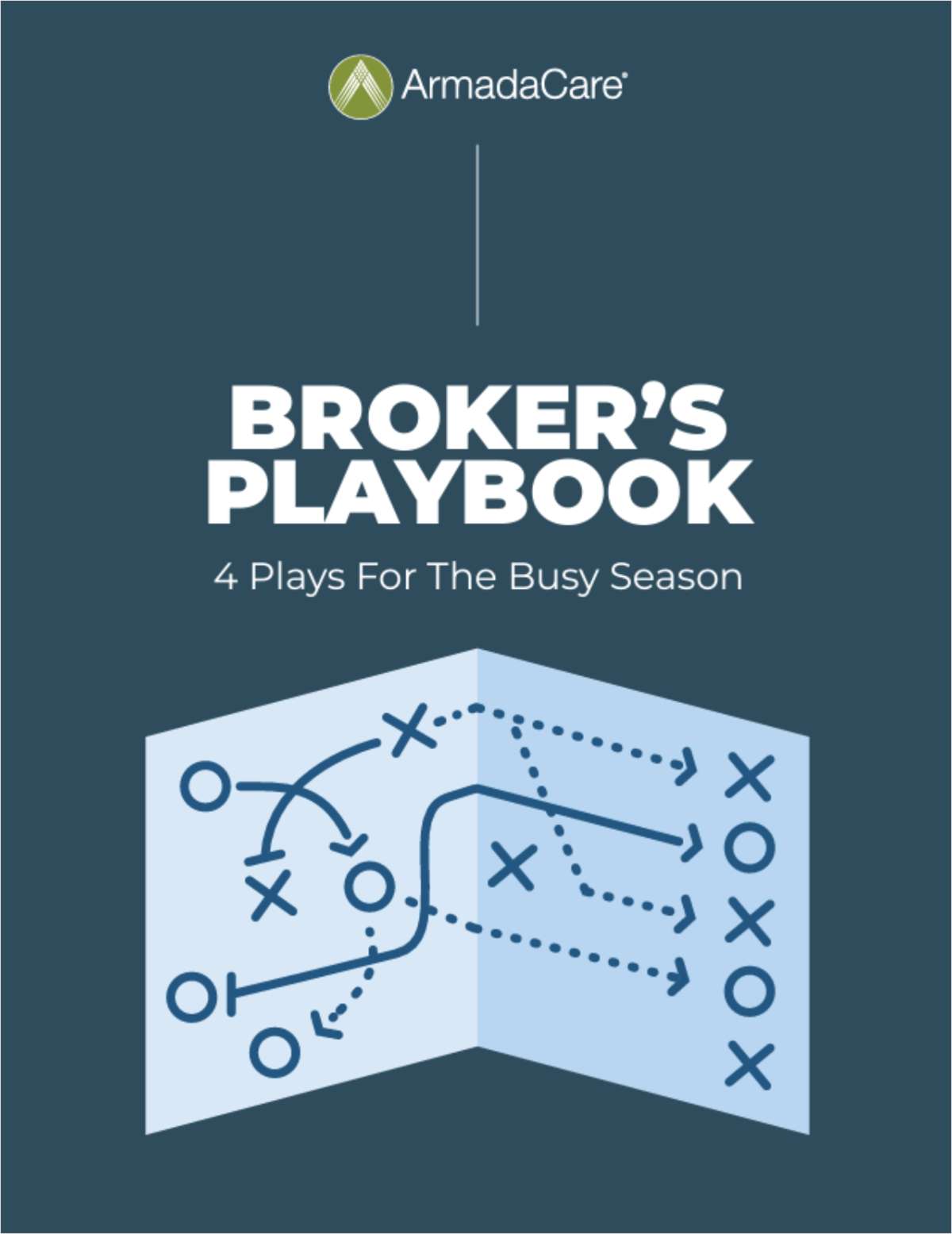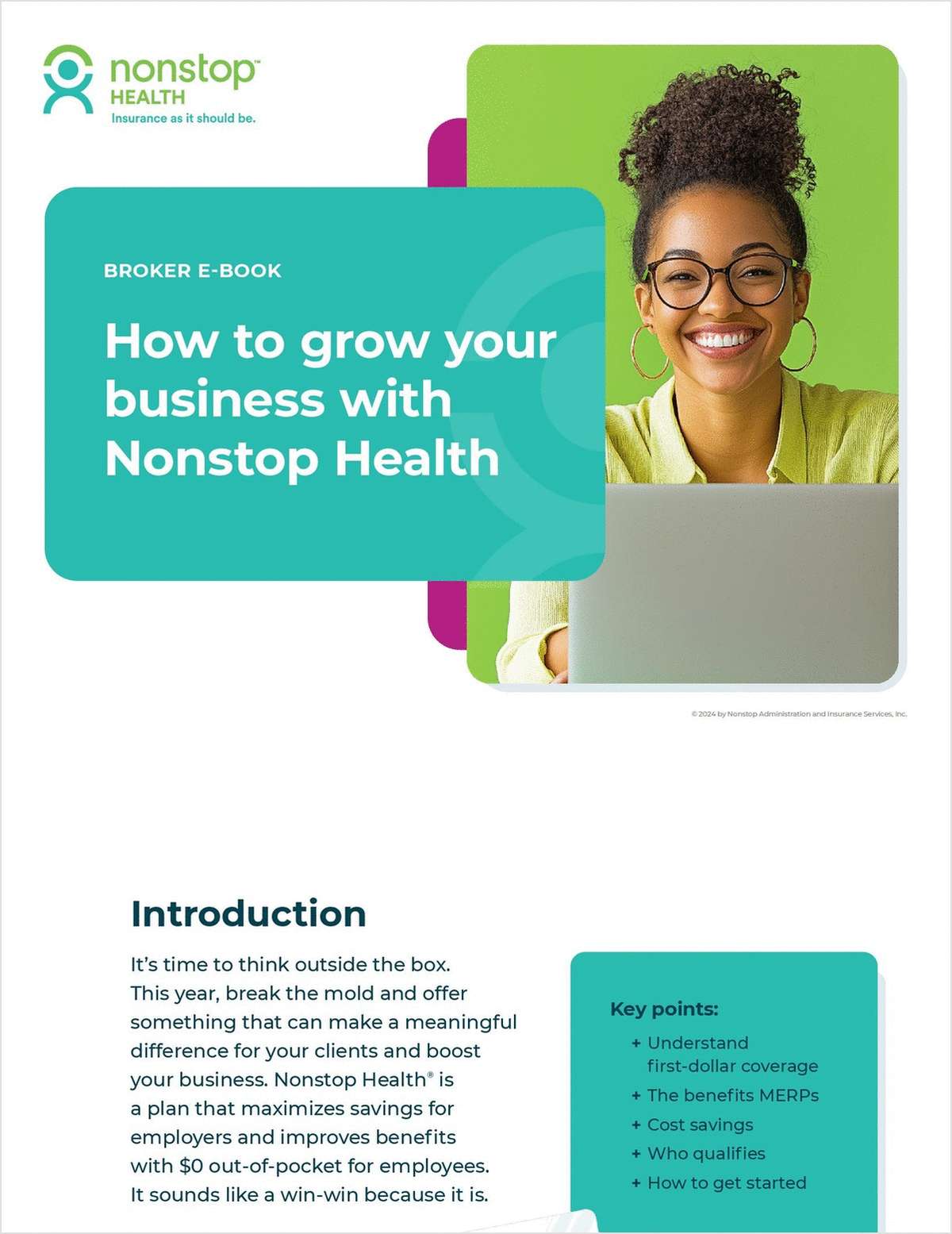 Employee demand for voluntary benefits is surging. According to a recent Willis Towers Watson survey, 95 percent of their clients said voluntary benefits would play an important role in their total wellness rewards strategy during the next three years.
Employee demand for voluntary benefits is surging. According to a recent Willis Towers Watson survey, 95 percent of their clients said voluntary benefits would play an important role in their total wellness rewards strategy during the next three years.
If only it were that easy, right?
From discussions with my industry peers and colleagues, I fully recognize that although brokers technically are selling more voluntary benefits, it's not always simple to integrate those benefits into existing plans. Benefit administration systems can be clunky; enrollment systems can be challenging to navigate; and the process itself can be challenging.
Continue Reading for Free
Register and gain access to:
- Breaking benefits news and analysis, on-site and via our newsletters and custom alerts
- Educational webcasts, white papers, and ebooks from industry thought leaders
- Critical converage of the property casualty insurance and financial advisory markets on our other ALM sites, PropertyCasualty360 and ThinkAdvisor
Already have an account? Sign In Now
© 2024 ALM Global, LLC, All Rights Reserved. Request academic re-use from www.copyright.com. All other uses, submit a request to [email protected]. For more information visit Asset & Logo Licensing.








